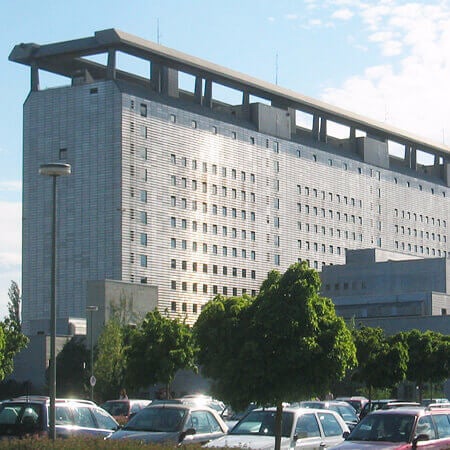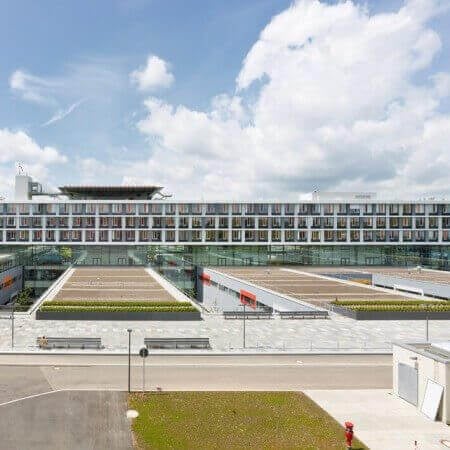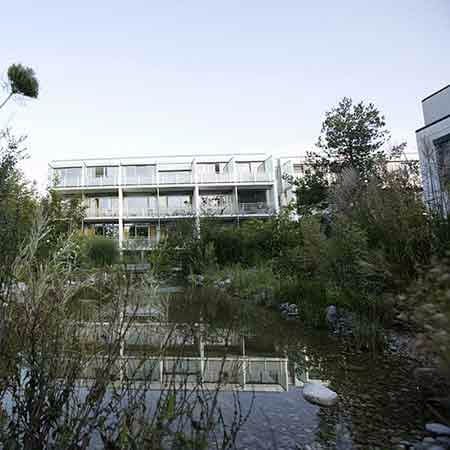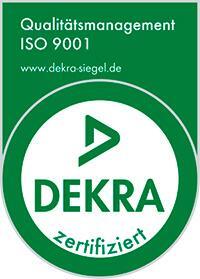About the disease
Sometimes when baby boys are born, one of their testicles is not located in its correct position (inside the scrotum) or is missing. This is known as cryptorchidism. Normally, the testicles are formed during the last couple of months of the prenatal development period. However, sometimes a testicle is stuck inside the abdomen even after the child is born.
Although most of the time only one testicle is left undescended, in 10% of all cryptorchidism cases, neither of the testicles have descended. Premature babies (or babies that had problems during the prenatal development stage) are more likely to be born with an undescended testicle. Babies with mothers who smoke or drink alcohol during their pregnancy are more likely to be born with this defect.
Most of the time, a malpositioned testicle will descend into the scrotum within the first few months of the baby’s life. However, if this does not happen, the testicle can be surgically repositioned, thereby preventing any complications as the child grows up. Usually, doctors will wait until the child is around 4 years old to see if the testicle descends on its own before performing surgery.
Symptoms
- Testicle is undescended
- Testicle cannot be felt
- Testicle is not visible or movable
Diagnosis
- Usually, a general examination by a doctor is enough to diagnose an undescended testicle.
- Children born with an undescended testicle should visit the doctor regularly, to check if it descends naturally.
- Children born prematurely or who have experienced problems during their prenatal development stage should also be checked regularly by a doctor, to rule out other deformities which could develop.
Treatment
- Hormonal stimulation can encourage the testicles to move down into the scrotum.
- Surgery, which can be either open or laparoscopic, also aims to reposition the testicle into the correct place.
- Surgery is only recommended for children aged over 12-18 months.
Authors:
This article was edited by medical experts, board-certified doctors Dr. Nadezhda Ivanisova, and Dr. Bohdan Mykhalniuk. For the treatment of the conditions referred to in the article, you must consult a doctor; the information in the article is not intended for self-medication!
Our editorial policy, which details our commitment to accuracy and transparency, is available here. Click this link to review our policies.
















